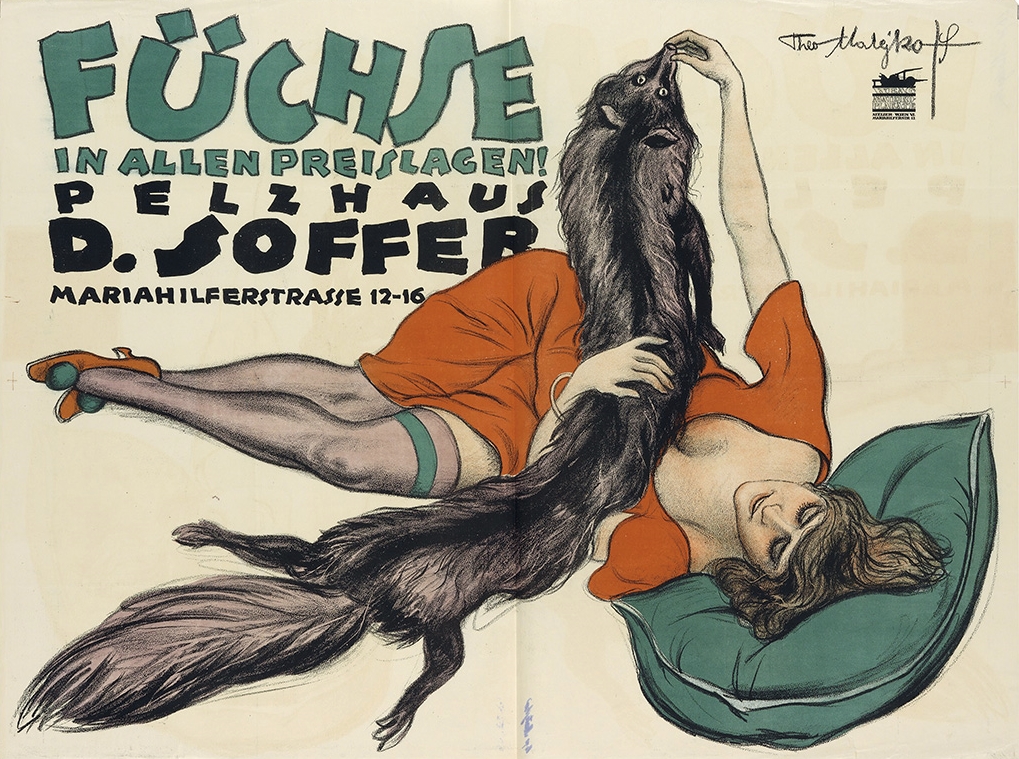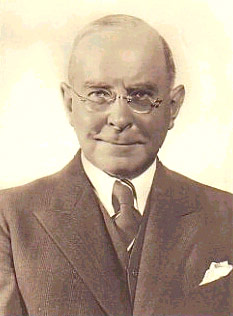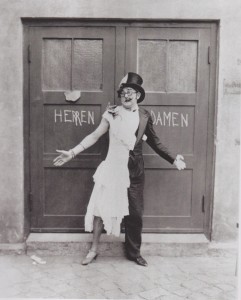

Wilhelm Bendow
Wilhelm Emil Boden was born on September 29th 1884 in Einbeck, Germany.

He began his stage career as a serious actor at Hamburg’s Thalia Theater. By 1906, he had moved to Berlin’s Schiller Theatre and found himself drawn to the city’s vibrant cabaret scene.
He first appeared in cabaret in 1919 and was one of the first ‘discoveries’ of Trude Hesterberg’s Wilde Bühne at the Theater De Westens in 1921.
His portrayal of an outrageously camp performer was ground-breaking for the time. This character, and it’s lack of sexual threat, allowed him licence to mock prominent names and current events and was a huge hit with audiences.
His exaggeratedly “faggoty’ intonations turned everything into a double-entendre, and yet his pudgy, prissy exterior played down any sexual threat by suggesting an hermaphroditic neutrality. Moon-faced, nasal-voiced, bespectacled, he delivered his commentary in a languorous sing-song that was the oral equivalent of a limp-wrist. He became a great favourite of both heterosexual and homosexual audiences.”
Laurence Senelick – The Good Gay Comic Of Weimar Cabaret
One of his most popular characters was “Lydia Smith, The Tattooed Lady”- also known in later years as “Magnesia, The Tattooed Lady”.

(image: schwulesmuseum.de)
”Wearing an illustrated body cast, ‘she’ pointed to various pictures on her body, and made comments with sexual overtones about political figures and other celebrities of the day – the assembled impotentates of Europe.”
Peter Jelavich – Berlin Cabaret
He went on to play the whole gamut of cabaret, revue and theatre shows throughout the 1920s. He opened his own stage TüTü which featured Mischa Spoliansky at the piano, and appeared in revues by Rudolf Nelson, operattas by Erik Charrell at the Grosses Schauspielhaus and in cabaret at The Scala and The Wintergarten.

Wilhelm Bendow with Margo Lion in Was Ihr wollt, Nachrevue in Neunzehn Bildern 1927 (Image: Archiv der Akademie Der Künste, Berlin )

Wilhelm Bendow as a female martian in the comedy revue Zeppelin 1000 auf dem Mars 1929 (image: Ullstein Bild)

Wilhelm Bendow with Paul Morgan 1926
In 1932, he opened a second cabaret venue, Bendow’s Buntes Bühne (Bendow’s Colourful Stage) at Kottbusser Straße 6, near Kottbusser Tor. This club regularly featured the biggest names of the Berlin cabaret scene such as Claire Waldoff, Max Ehrlich and Paul Morgan.
“Wilhelm Bendow, the swishy transvestite comic, enjoyed a National Socialist following at his own cabaret house in Berlin East. The government-approved Grieben’s Guide Book for the 1936 Nazi Olympics magnanimously placed “Bendows Bunte Bühne” on the ‘highly recommended’ list for nighttime pleasures.”
Mel Gordon – Voluptuous Panic
As with many cabaret artists and theatre actors of the time, he also worked in film. He appeared in nearly 100 movies from 1921 to 1947, an achievement to rival many of Hollywood’s biggest names of the period. His biggest film role was as The Man In The Moon in the 1943 movie The Adventures of Baron von Münchhausen.

He retired from public life in 1948, after an accident left him with failing eyesight. He died two years later on May 29th 1950 in his home town.
He has a school and The Wilhelm-Bendow Theater in Einbeck, named after him .
